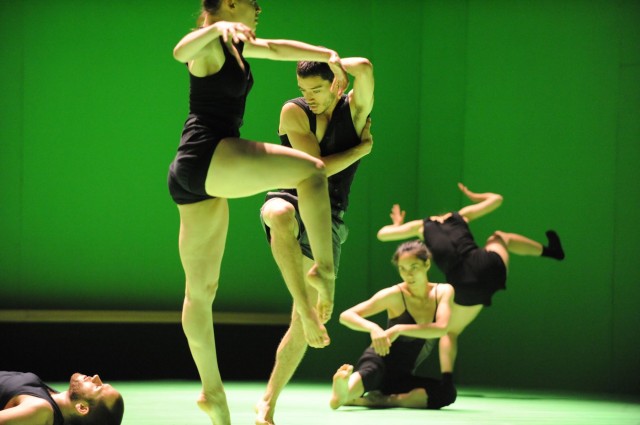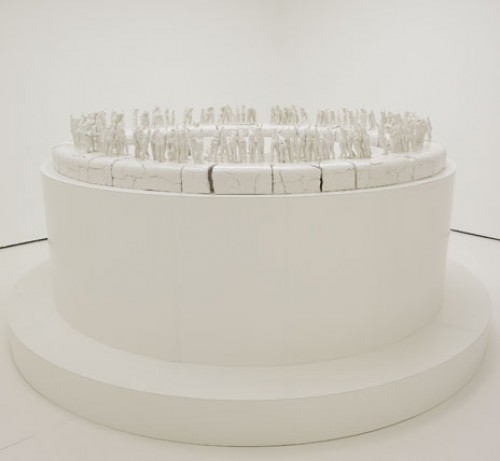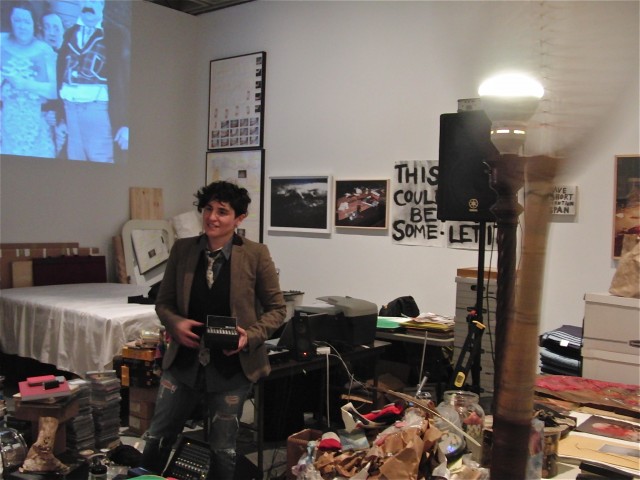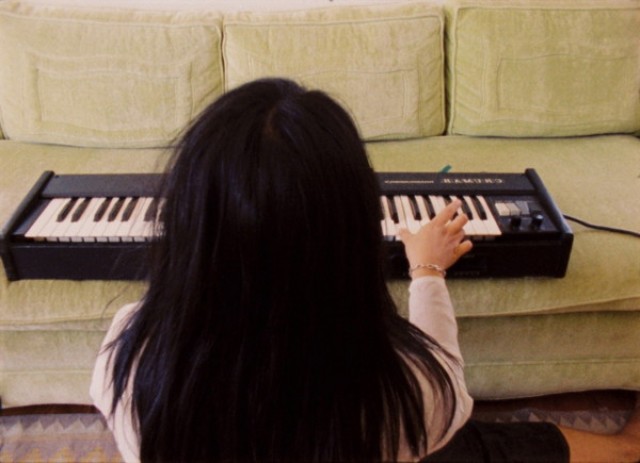
Foofwa d’Imobilité will pay tribute to Pina Bausch, Merce Cunningham, and Michael Jackson as part of ThinkSwiss festival
A FESTIVAL OF GLOBAL IDEAS BORN IN GENEVA: JEAN CALVIN, JEAN-JACQUES ROUSSEAU, ALBERT GALLATIN, HENRY DUNANT
Multiple locations
March 6-12, free – $35
212-599-5700, ext 1061
www.thinkswissny.org
“The world of reality has its limits; the world of imagination is boundless,” Geneva philosopher Jean-Jacques Rousseau wrote nearly three centuries ago. The Social Contract author’s native country is celebrating the three hundredth anniversary of the master thinker’s birth with a series of events around the world, including this month’s ThinkSwiss Festival of Global Ideas Born in Geneva. Examining issues that impact both America and Switzerland, the week-long festival includes live music and dance, panel discussions, literary readings, film screenings, and art exhibits, most of which are free but require advance RSVP. Things get under way on March 6 ($10) with a screening of Swiss director Jacob Berger’s 2002 feature film Loving Father (Aime Ton Père) and his 2002 short I Think About Alain Tanner (Je pense à Alain Tanner) as part of FIAF’s weekly CinémaTuesdays series, with Berger on hand to participate in a Q&A at 7:00. On March 7, the American Red Cross will host “Can the Geneva Conventions Still Protect Civilians and Non-Combatants in Contemporary Warfare?” a roundtable with Philip Gourevitch, Colonel (ret.) Dick Jackson, Roger Mayou, and Gabor Rona, moderated by Walter A. Füllemann. On March 8, the exhibition “L’Esprit de Genève by Its Posters” will open at Posters Please, and the NYU Presidential Medal Ceremony will include a conversation between honoree Michel Butor and Lois Oppenheim examining “L’Esprit de Genève: From Albert Gallatin to Michel Butor.” On March 9 ($35, lunch included), Adam Gopnik will moderate the discussion “A la Table de Rousseau: What Is Progressive About Education Today?” at FIAF with Butor, Megan Laverty, Jean-Michel Olivier, and Shimon Waronker, followed by “How to Read Rousseau in the 21st Century,” led by François Jacob. Also on March 9 ($25), Pascal Couchepin, Thomas Kean, Eliot Spitzer, Benjamin Barber, Guillaume Chenevière, Victor Gourevitch, Amin Husain, Laura Flanders, Nannerl Keohane, Dr. Khalil Gibran Muhammad, and Simon Schama will occupy the Celeste Bartos Forum at the New York Public Library for “Occupy Rousseau: Inequality & Social Justice,” which seeks to answer the question “What would Jean-Jacques Rousseau say about our democracies if he were among us today?” On March 10, pianist Louis Schwizgebel, cellist Lionel Cottet, and violinist François Sochard will perform the U.S. premiere of “Variations on a Theme by J.J. Rousseau” by Friedrich W. Kalkbrenner and André-François Marescotti, Ravel’s “Ondine,” Brahms’s “Scherzo in C Minor” and “Hungarian Dances Nos. 1, 2, 6 and 7,” Mendelssohn’s “Piano Trio No. 1, Op. 49,” and Liszt’s “Les Cloches de Genève” in the program “Soloists from L’Orchestre International de Genève” at Merkin Concert Hall. On March 11 at 4:00, Foofwa d’Imobilité will pay tribute to dance legends Pina Bausch, Merce Cunningham, and Michael Jackson in “Pina Jackson in Mercemoriam” at the Kitchen, and the Marc Perrenoud Trio will perform at 7:00 at the Allen Room. And on March 12, Rebecca MacKinnon will moderate “Breaking Through Internet Censorship” at the Cooper Union with Stéphane Koch, Ebtihal Mubarak, Thérèse Obrecht, Anas Qtiesh, and a surprise guest, and journalist and writer Jean-Michel Olivier will give a lecture in French at the Haskell Library at FIAF.








